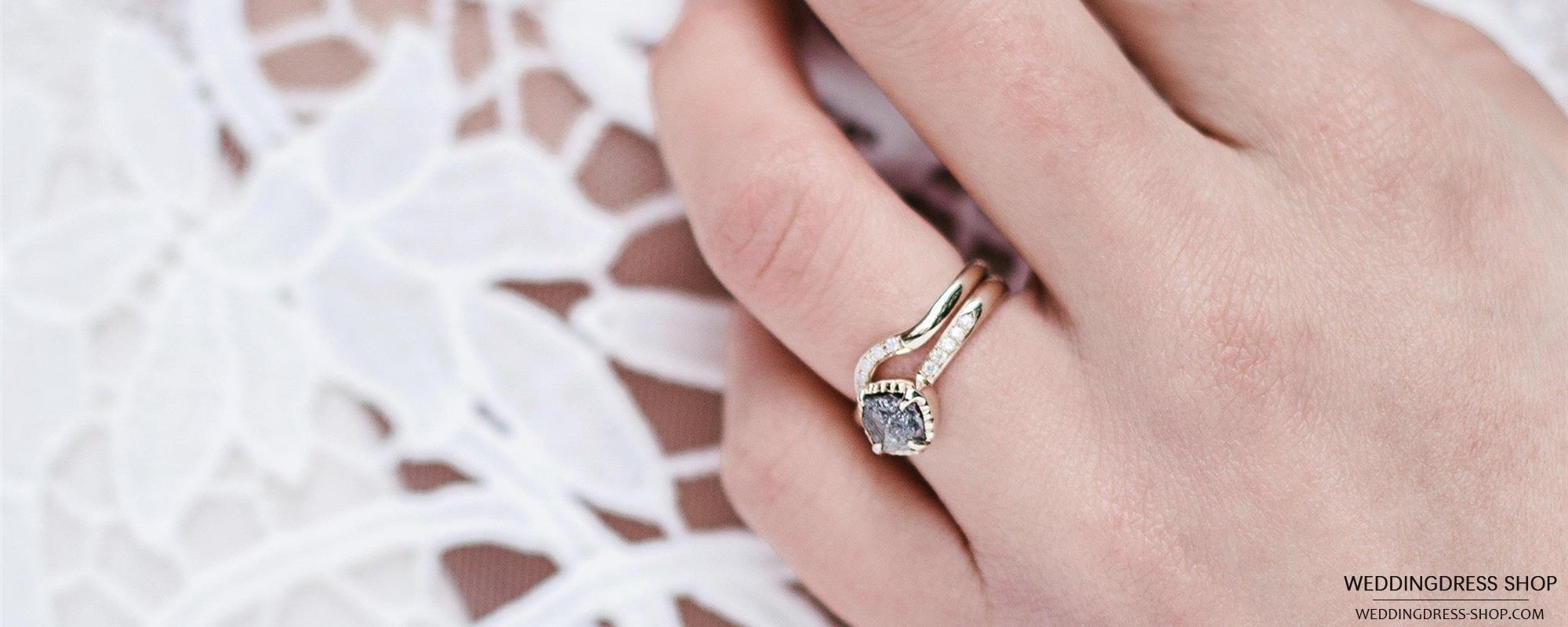Diamond color and clarity are equally important, both of which are significant factors affecting the value of diamonds. Diamond color refers to the color of a diamond, usually in different grades such as colorless, light yellow, brown, etc. The lighter the diamond color, the more dazzling the color it emits. Diamond clarity refers to the degree to which a diamond contains internal flaws. The fewer flaws, the higher the clarity, and the better the quality of the diamond.

1、 Which one should be prioritized for diamond color and clarity
1. Prioritize diamond color
In the 4C standard of diamonds, color is the most intuitive and influential aspect that affects the aesthetic effect of wearing. Therefore, from the perspective of daily wear, the color grade of diamonds is very important.
2. Prioritize diamond clarity
There are also many friends who value cleanliness. They believe that subtle yellow will be obscured by fire and white light, and diamonds have oil affinity and hydrophobicity, making them look similar in color when worn with oil stains.
2、 Diamond color grade
Grade D: Completely colorless. It is the highest color grade among diamonds and extremely rare.
Grade E: Colorless. Only gemstone appraisers can detect trace colors. It is a very rare diamond
F grade: colorless. A small amount of color can only be detected by jewelry experts, but it is still considered colorless. Belonging to high-quality diamonds.
G-H grade: Almost colorless. When compared to higher grade diamonds, there is a slight color, but diamonds of this color grade still have high value.
I-J level: Close to colorless, can detect slight colors, and has high value.
K-M grade: Dark color, poor fire color, not recommended for purchase.
3、 Diamond clarity level
FL (flawless level): The diamond grader observes under a 10x magnifying glass, and there are no flaws on both the inside and outside of the diamond;
IF (Internal Flawless Level): Although there are no flaws inside the diamond, there are very small flaws on the outside that can be removed by re polishing;
VVS (Very Minor Flaws): divided into VVS1 and VVS2 levels, diamond grading technicians find it difficult to detect extremely small or inconspicuous flaws under a 10x magnifying glass;
VS (Minor Flaws): divided into two levels, VS1 and VS2, the size, quantity, and location of flaws under a 10x magnifying glass by a diamond grader are between difficult to determine and somewhat easy to determine;
SI (Minor Defect Level): Divided into SI1 and SI2 levels, significant flaws are easily visible by diamond grading technicians under a 10x magnifying glass. When the diamond of SI2 is observed from the pavilion side, the inclusions can be seen with the naked eye;
I (Defect Level): divided into three levels: I1, I2, and I3
I1: The diamond grader can easily see it under a 10x magnifying glass, making it difficult for the naked eye to observe from the crown. Internal flaws do not affect its brightness;
I2: Internal defects are large and numerous, visible to the naked eye, and affect brightness;
I3: The internal flaws are extremely obvious and affect the brightness and transparency of the diamond.